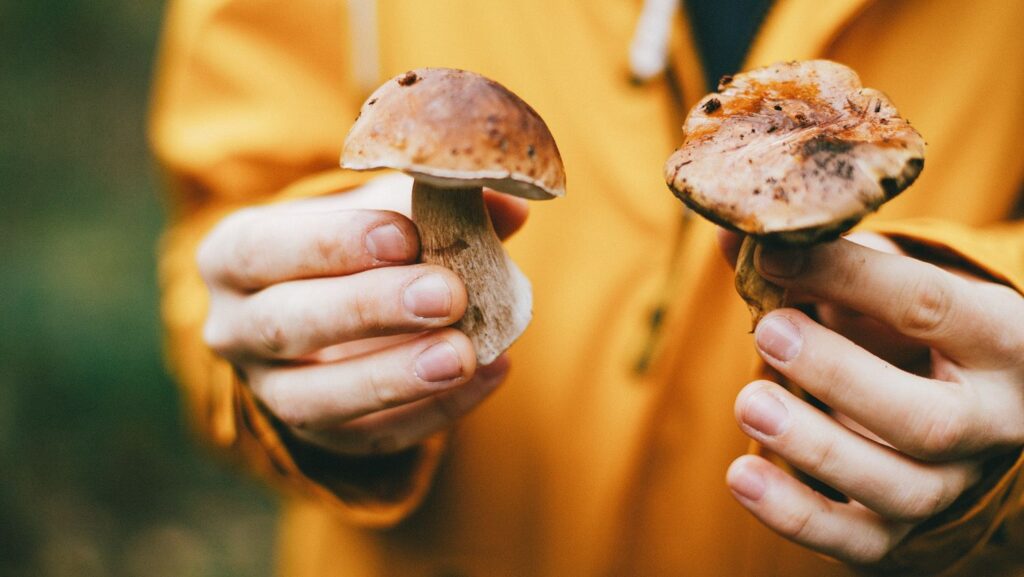The sustainable ingredient of the future can make meat, leather, houses, and on top of that, it’s fast-growing and it comes right from nature: mushrooms. Specifically, their mycelium—the fibrous, sprawling root network of ‘shrooms. Mushrooms are the bane of many outdoor gardeners while simultaneously being considered among the most exquisite ingredients to cook with. (Hello, hen-of-the-woods.) It’s also central to a growing number of sustainable innovations across multiple industries.
And, people are finding a new appreciation for mushrooms. Alexis Nikole Nelson, known on social media as the “Black Forager” has 2.6 million followers on TikTok, where she has ignited a whole new crop of amateur foragers through her informative, funny, and charming videos about wild edible plants and mushrooms. Famed mycologist Paul Statments’ TEDx talk, titled “6 Ways Mushrooms Can Save the World” is just shy of 7 million views. The culinary world is experiencing a ‘shroom boom, with fungi popping up everywhere from high-end menus to ready-made supermarket meals. And Yale researchers have discovered that the psychedelic drug psilocybin, which occurs naturally in some mushrooms, could even influence the growth of neural connections lost due to depression. Mushrooms can do so much more than that, though. Here are 10 ways this incredible fungus is changing the world.


